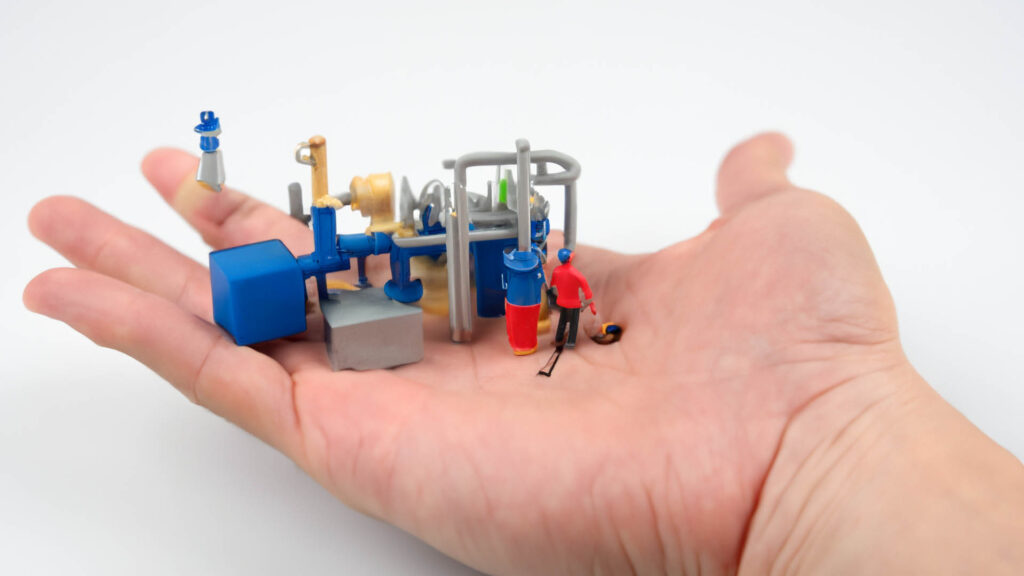In January, China’s factory sector continued to contract, underscoring the persistent challenges faced by the world’s second-largest economy. According to the National Bureau of Statistics, the official manufacturing activity index edged up slightly to 49.2 from December’s 49. Despite meeting expectations, this marked the fourth consecutive month of contraction.
On a more positive note, the official non-manufacturing activity index improved, rising from 50.4 in December to 50.7 in January, the strongest performance in four months. This was attributed to the strength in the services sector, which offset the weakness in the construction industry due to the real estate sector’s downturn.
The combined results of both surveys, known as the general survey, saw a solid increase from 50.3 to 50.9, the highest reading since September. This expansion was primarily driven by the service sector, which experienced its most significant growth in four months, counterbalancing the manufacturing slump.
A PMI reading above 50 signifies an expansion in activity, while a reading below 50 indicates a contraction.
These survey results come as China approaches the week-long Lunar New Year, starting on February 10, during which the country typically experiences a shutdown for a week or more. While these findings offer some improvement for the economy, they do not address China’s more significant challenges, such as consumer and producer price deflation, as well as the fate of the troubled property developer China Evergrande, burdened with over $320 billion in debt.

